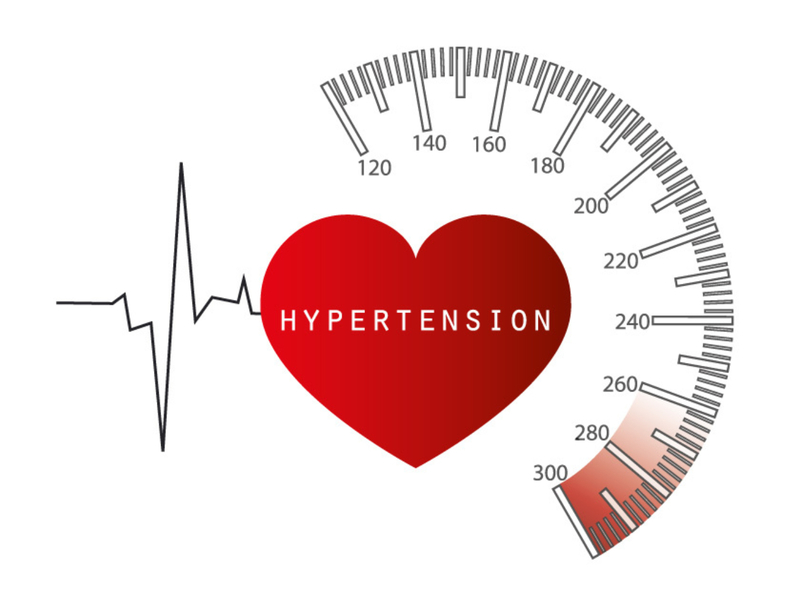High BP rates among India's young adults 'unexpectedly' more
IANS Jan 30, 2018
Hypertension among young adults in India is higher than previously estimated and more than in Central and Eastern Europe, the region previously estimated to have the highest rates for this group, says a study led by researchers at Harvard University.

The researchers wanted to find out how the prevalence of diabetes and hypertension in India varied by state, rural vs. urban location, and by sociodemographic characteristics such as education and household wealth. Rates of diabetes and hypertension are high among middle-aged and elderly people across all geographic measures and sociodemographic groups in India, said the study published in the journal JAMA Internal Medicine.
Overall, the prevalence of diabetes was 6.1 per cent among women and 6.5 per cent among men. The prevalence of hypertension was 20 per cent among women and 24.5 per cent among men, the research showed. The study also found unexpectedly high rates of hypertension among young adults. The prevalence of hypertension in the age group 18-25 years was 12.1 per cent, according to the study.
"Understanding how diabetes and hypertension prevalence varies within a country as large as India is essential for targeting of prevention, screening, and treatment services," said lead author Pascal Geldsetzer, a doctoral student at Harvard T.H. Chan School of Public Health in Boston, Massachusetts.
The researchers used health data collected from 1.3 million adults across India between 2012 and 2014, which included plasma glucose and blood pressure measurements. The findings showed the rates of diabetes and hypertension varied widely among states.
Household wealth and urban location were positively associated with both conditions, and the prevalence of diabetes and hypertension among middle-aged adults in the poorest households in rural areas was also high; 5.9 per cent had diabetes and 30 per cent had hypertension.
"Diagnosis of hypertension and diabetes is straightforward but mostly untapped due to lack of awareness and regular medical checkups," said study co-author Ashish Awasthi from the Indian Institute of Public Health, Gandhinagar, Gujarat. India, home to more than a sixth of the world's population, is in the midst of a rapid epidemiological transition.
The rates of non-communicable diseases have risen in recent decades and are likely to continue as India's population ages and urbanises. "India needs to focus on these two silent killers as well as other non-communicable diseases to reduce the burden of preventable premature morbidity and mortality. If unchecked, we will see a lot more victims of these two diseases in next two decades," Awasthi said.
-
Exclusive Write-ups & Webinars by KOLs
-
Daily Quiz by specialty
-
Paid Market Research Surveys
-
Case discussions, News & Journals' summaries